Aquariums are the focal point of any space. Carpeting is most desired in the community fish tank due to multiple reasons. Other than the aesthetic enhancement, carpeting provides a cover to fry in a community fish tank. So, if you are going to set up a fish tank with aquarium carpet plants, then you have to consider a few aspects. Water parameters for optimum growth, lighting intensity and hours, and supplements for proper growth, i.e., fertilizer and CO2 for planted tanks, are included in those parameters.
Content Table
Top 10 Aquarium Carpet Plants
Here in the following, you will find the top 10 great aquarium plants for carpeting and their requirements.
1. Java Moss
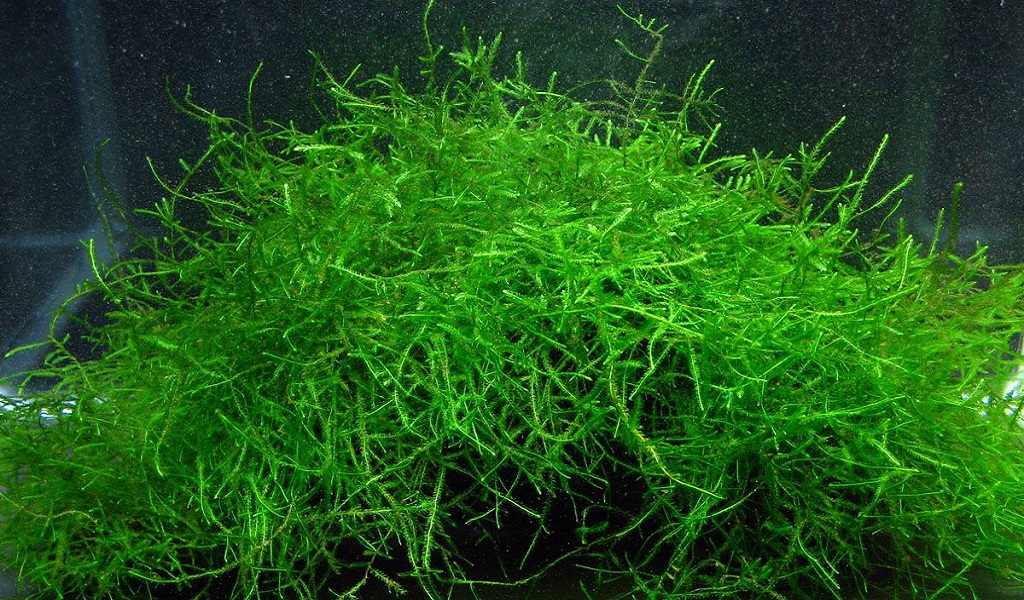
Java Moss
The java moss is an all-time favorite aquarist carpet plant with lush green and eye-catchy looks. With long oval-shaped leaves create an amazing carpet in aquariums.
The plant leaves are long but smaller than other aquatic flora. Its steam extends about 2 mm. Java moss is native to Southeast Asian tropical regions. Usually creep over tree trunks and on the banks of rivers.
It has a slower growth rate as compared to other companions. If everything is going well, then it gets only 1-1.5 inches in height per month. Newly transplanted Java moss takes some time to establish itself, maybe a week or more. It’s the aquarist’s choice due to the low-intensity light requirement.
Make sure to light up your fish tank for only 8 to 10 hours a day. Java moss does well without supplemented CO2 and fertilizer. Although, it’s easy to see java moss carpet on your fish tank floor without any changes. But better to keep the temperature range from 59 to 82℉, pH between 5.5 to 8, and hardness remains within the 6 to 20dGH range.
2. Dwarf Baby Tears
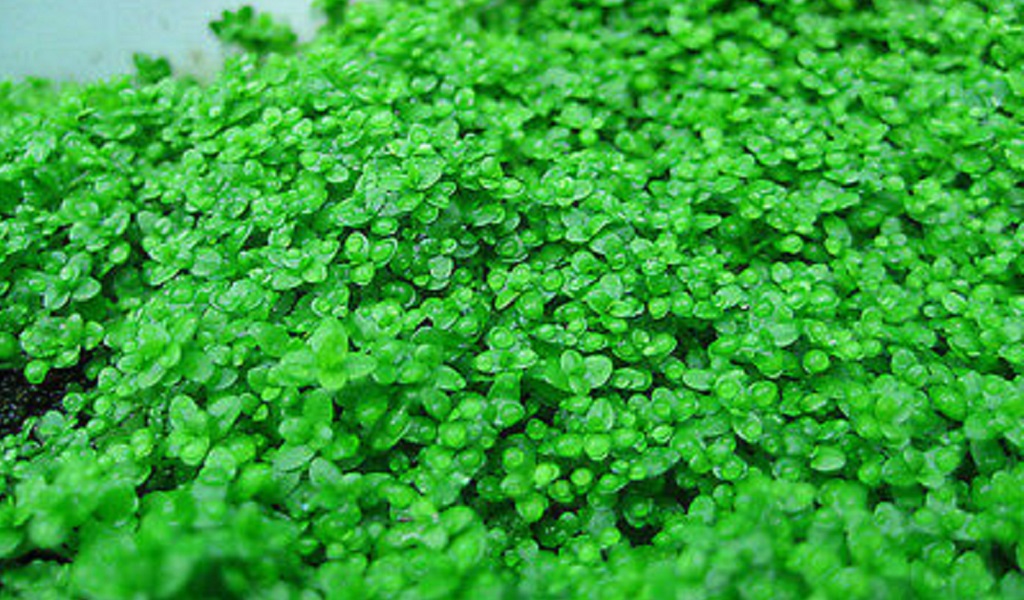
Dwarf Baby Tears
The Dwarf Baby Tears is another intelligent aquarist’s choice. It’s a vibrant green with little round leaves. It spread all over the bottom with its creepy steam. It originated from the lands of the North American region. It’s abundant in the tropical areas of Cuba, Puerto Rico, Jamaica, and the Bahamas. It will only thrive in the master’s hand.
Dwarf Baby Tears require medium to high-intensity light for proper growth because they belong to tropical regions. Make sure the light remains turned on for 10 to 12 consecutive hours. It requires about 10-30 mg/l CO2 concentration in the tank. I suggest you grow these carpet plants in high-technology tanks. Otherwise, it’s almost impossible to control lighting and CO2. If you want to see a thriving Dwarf Baby Tears carpeting, then stick to these limits, i.e., temperature between 68 and 82℉, pH within 5.0 to 7.5.
3. Dwarf Hairgrass
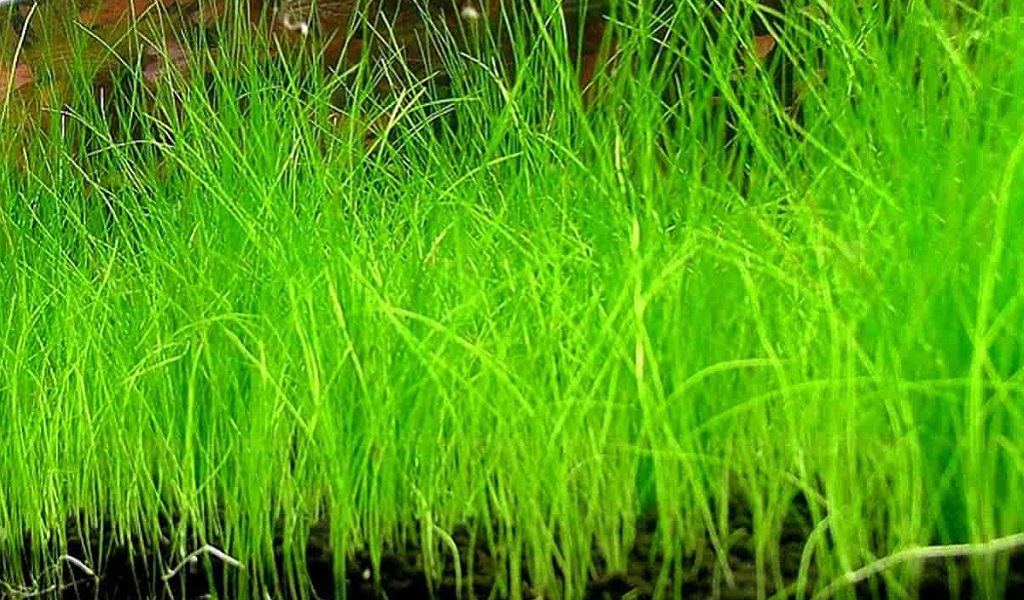
Dwarf Hairgrass
The North American and European region’s native Dwarf Hairgrass is another beautiful aquarium carpet plant. It appears like green spikelets or hair. It’s a nice option for a community fish tank because it provides cover to infants from being predated. On average, it grows up to 4 inches within a few months.
Dwarf Hairgrass requires medium to high-intensity lighting. If you want to see vertical growth, then provide them with low-intensity light. High-intensity light will promote horizontal growth. It’s easy to grow Dwarf Hairgrass carpet in a fish tank. If you stick to the following limits, the result will be amazing, i.e., temperature between 50 ℉ to 85 ℉, pH remains within 6.5 to 7.5, and hardness ranges from 2 to 10 KH.
4. Glosso
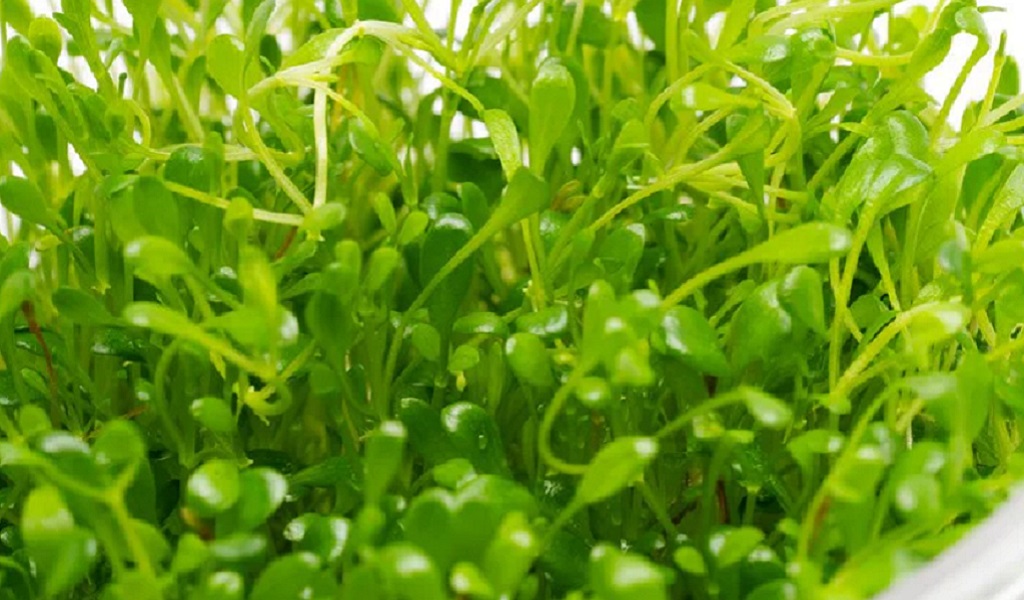
Glosso
It is featured by its charming tiny, oval-shaped leaves. Closso plant grows abundantly near the water bodies of Tasmania, New Zealand, and Southeast Australia. In their natural habitat, the growth flooded once get a chance to flourish. If you want to see the Glosso carpet in your aquarium, then you have to pay proper attention to it. Therefore, it’s not a suitable option for beginners.
It requires about 2 to 3 watts per gallon of light for about 10 hours daily. Besides the proper lighting, it also requires an optimum CO2 concentration, i.e., 6-14 mg/l. But if you are thinking about seeing extended growth in your tank, keep a 15-25 mg/l CO2. The suitable temperature and pH range are 72 to 86℉ and 6.5 to 7.5, respectively. It can tolerate soft to medium water hardness.
5. Dwarf Sagittaria
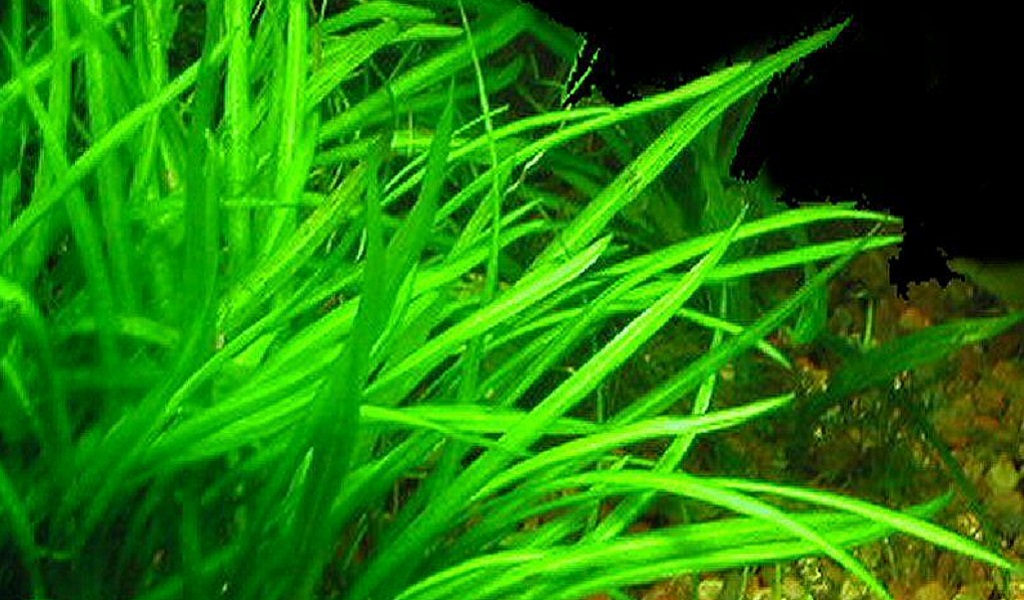
Dwarf Sagittaria
Rosettes shape Dwarf Sagittaria is another famous carpet plant for fish tanks. Its root goes down 2 to 3 inches inside the substrate. The South American region is a hub for Dwarf Sagittaria’s production. Columbia and Venezuela are the attached names. It’s a fast-growing plant that can attain 4 to 6 inches in height. It requires proper pruning to become a nice carpet.
It’s ideal to light up your fish tank with fluorescent bulbs. But a minimum of 3 watts per hour of lighting is enough for having a nice Dwarf Sagittaria carpet. It doesn’t require a dose of CO2, so it’s easy to take care of. They carry on growth below their ideal water parameters. But it is nice to keep them within range, i.e., temperature between 68 and 82 ℉, pH within 6.0 to 8.0, and hardness between 2 and 15 GH.
6. Christmas Moss
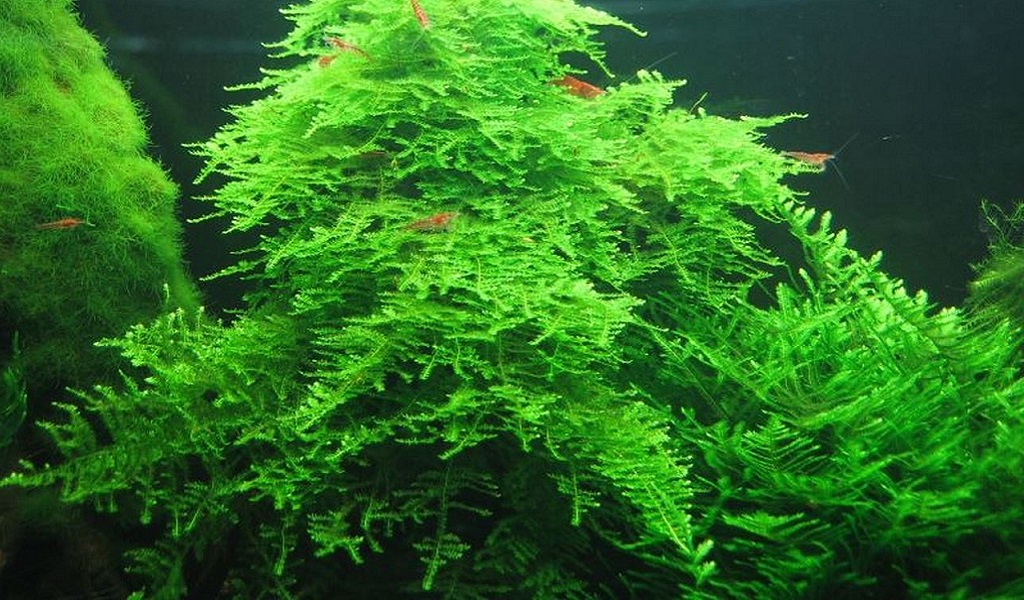
Christmas Moss
Like the Christmas tree, Christmas moss is an amazing, amazing-looking aquatic plant. Its small leaf gives a thicker and fuller appearance as compared to other aquarium carpet plants. It can be identified within a glace among multiple moss species due to its lighter green color. Asia is the native region for it. It is abundantly present in the lands of Thailand, India, Japan, and the Philippines. Generally, grow underwater or on shady riverbanks.
It’s easy to grow it in your fish tank. It attains between 1 and 4 inches in height. No special light arrangements are required for it. Other than light, CO2 concentration is also not required for it. But, if you supply CO2, then it will grow faster. The optimum water parameters for the optimum growth are desired, i.e., temperature 65 to 77 ℉, pH between 5 and 7.5, and keeping it near the filtration system, so it enjoys a good water moment.
7. Utricularia Graminifolia
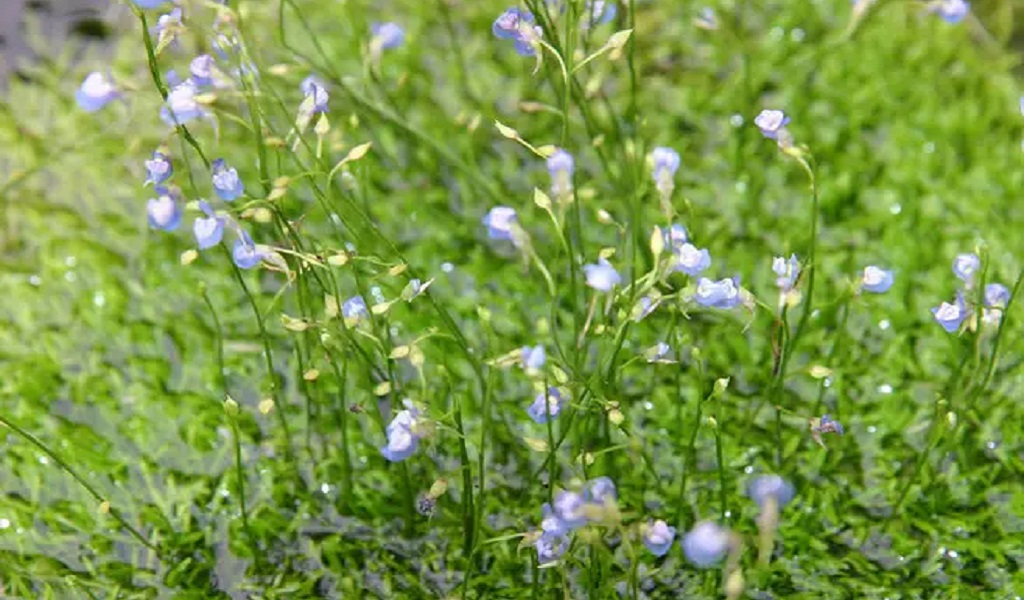
Utricularia Graminifolia
It is a thin stalk of aquatic grass that spreads horizontally. Its native is in the Asian region. The lands of Burma, China, India, Sri Lanka, and Thailand are rich in this carpet plant. It grows moderate to fast on the availability of light and other water parameters. It can only attain up to 1 to 2 inches in height.
If you are going to fill the bottom of your tank with Utricularia Graminifolia, then you have to provide a medium-intensity light. Besides the light, it requires CO2 necessarily. Therefore, maintain a proper CO2 concentration in the fish tank. Moreover, it goes fine with hard water, and the suitable pH range for the water is 7 to 10, i.e., slightly basic.
8. Sagittaria subulata
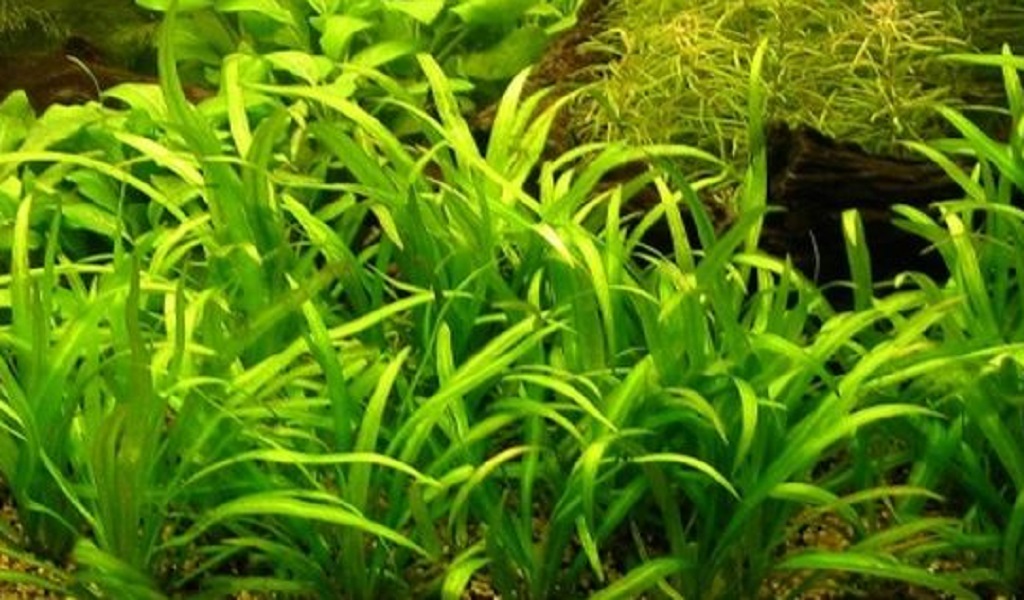
Sagittaria subulata
It is a long-stalked floating leaf aquatic carpeting plant. It has an elliptical leaf blade and grows in both fresh and brackish waters of Eastern USA and South-America. The meadows of estuaries are known as the house of Sagittaria subulata. It has a higher growth rate, as compared to the other aquarium carpet plants. It grows up to 30 cm in height within a 2-month duration, so it demands frequent pruning.
You have to be careful in terms of light. Provide them with moderate-intensity light. Higher or lower, both intensities directly impact the growth. Higher intensity may promote growth, but it leads to discoloration of the leaves. While the lower the light intensity, the slower the growth rate of the Sagittaria subulata. 6 to 14 mg/l CO2 concentration is desired for a medium growth rate. It can grow out of its ideal water parameters of 68 to 82℉, and 2 to 15 GH water hardness is suitable for proper growth.
9. Monte Carlo
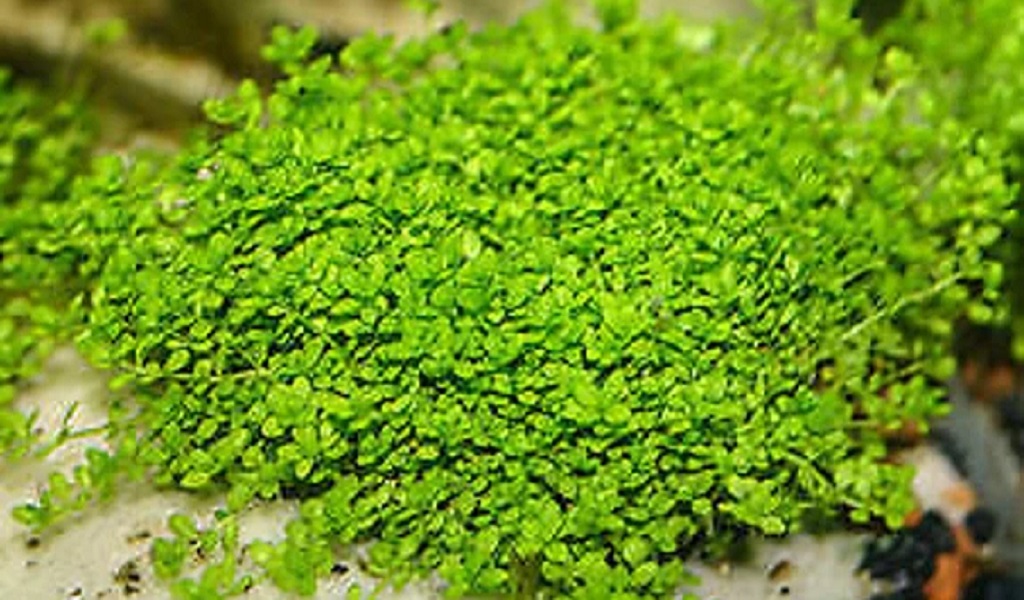
Monte Carlo
Attractive carpeting with small round leaves is the identification of Monte Carlo. It’s breaking news for beginners that they can easily grow carpet plants in aquariums. Compact and round leaves plant Monte Carlo are found in Argentina.
It goes well with moderate to high lighting intensity. Besides the lighting, it also doesn’t require CO2 concentration for proper growth. It is suggested that grow it within a 10 to 15-gallon or higher fish tank. It requires a fine-grained substrate for growth. Maintain temperature and water hardness between 68 and 77 ℉ and 0 to 15 GH, respectively.
10. Staurogyne Repens
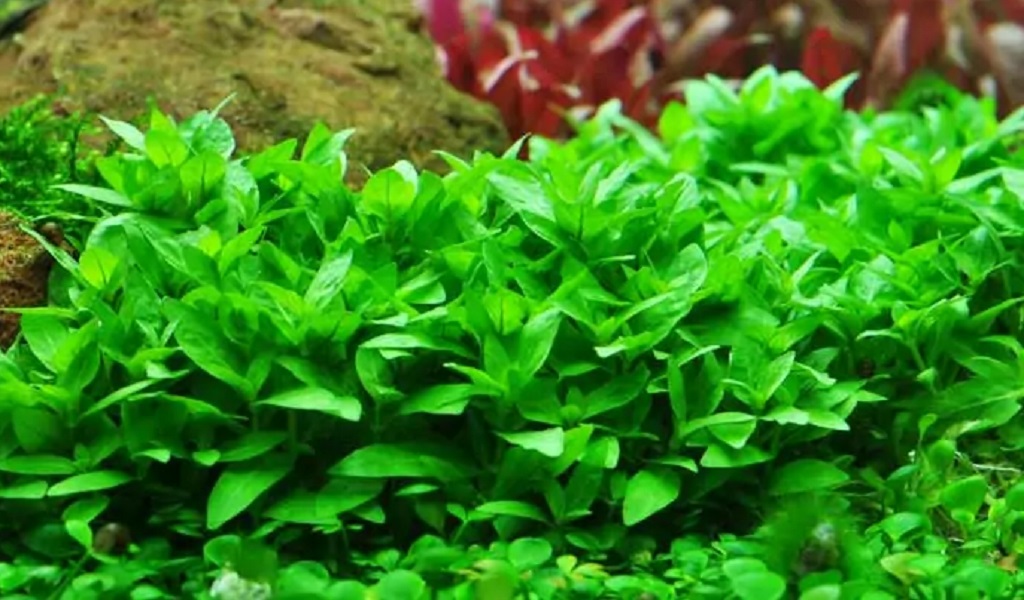
Staurogyne Repens
Repens is another slow-growing carpet plant for aquariums. Its leaves are spade-shaped and green. Staurogyne Repens is a native of the South American region. These plants are present in freshwater of the entire South American region. But, the rivers Rio Cristalino and Tapaluna are hotspots for their growth. These are slow-growing plants and can maximally attain only 1 inch in height within one and a half months.
You have to make a continuous 9 to 11 hours of lighting each day. It also requires a proper CO2 concentration in the tank. You also have to supplement these plants with fertilizer for proper growth. They grow well in higher temperatures, but a range of 68 to 86 ℉ is suitable. It thrives well within 3 to 10 GH of water hardness and 6 to 8 pH.
Conclusion
Carpeting enhances the aesthetic look of any fish tank. Other than the aesthetic view, it also provides a cover for fry and other small aqua pets. Multiple numbers of carpet plants perform well, but the Java Moss is at the top of the list. Some of the plants that provide good carpeting but are not recommended for beginners, like Staurogyne Repens, Sagittaria subulata, Utricularia Graminifolia, and Glosso. The remaining plants are easy to grow.
About how to create and maintain an aquarium carpet, please go to the article Create a Carpet in Your Planted Tank.
Shop your desired plant, grow it, and let us know about your experience.
Related topic
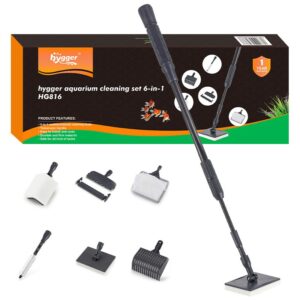
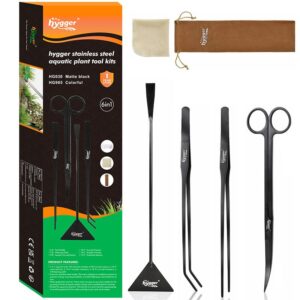
Leave a comment